The incense craft of the Nung ethnic minority people in Phia Thap village, Quoc Dan commune, Quang Uyen district, Cao Bang province is contributing to the preservation of a traditional spiritual culture.
Incense is considered the connection between real life and the spiritual world in Vietnamese culture. Making incense has become an indispensable cultural specificity.
The incense making craft of the Nung people has a long history. For Phia Thap villagers, making incense is not only portraying their national identity but is also associated with the custom of burning incense in Vietnam.
Although no one knows when the incense making craft began, this tradition has been handed down from generation to generation in the Nung community. More than 50 families in Phia Thap village are involved in this traditional craft.
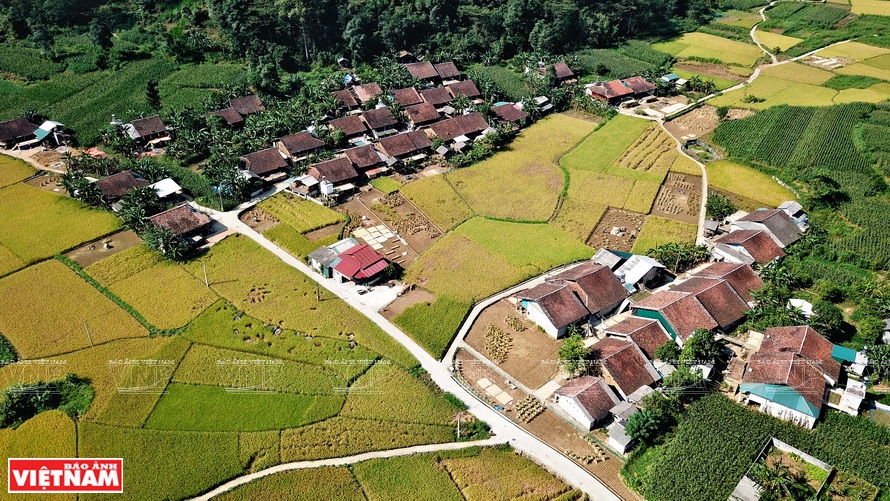
Stilt houses in peaceful Phia Thap village. Photo: Cong Dat
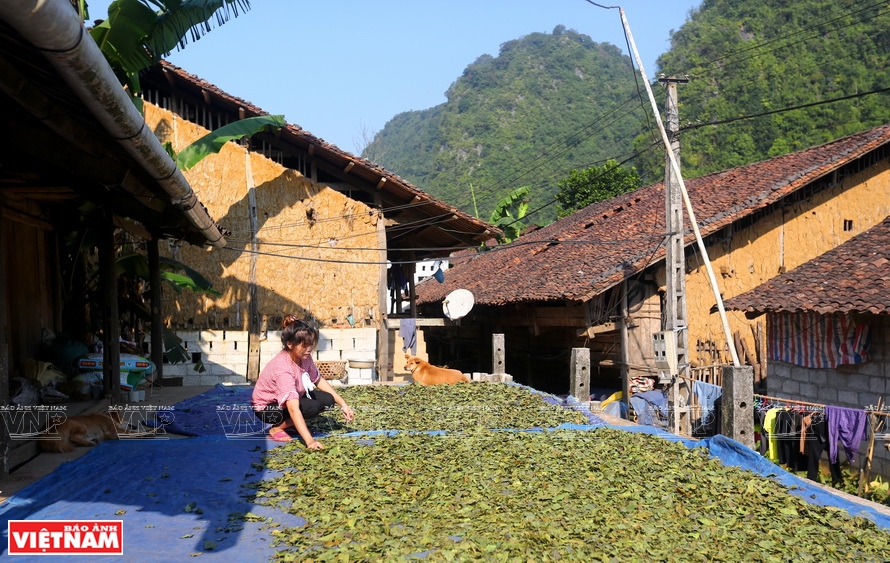
Villagers dry the gourd leaves in the sun. Photo: Cong Dat
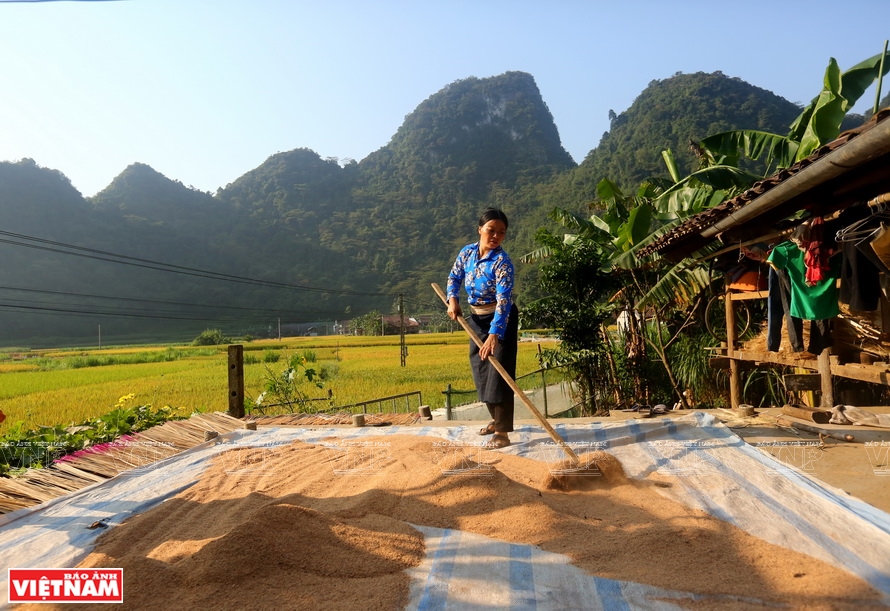
Dry the glue which is made from the gourd leaves. Photo: Trinh Bo
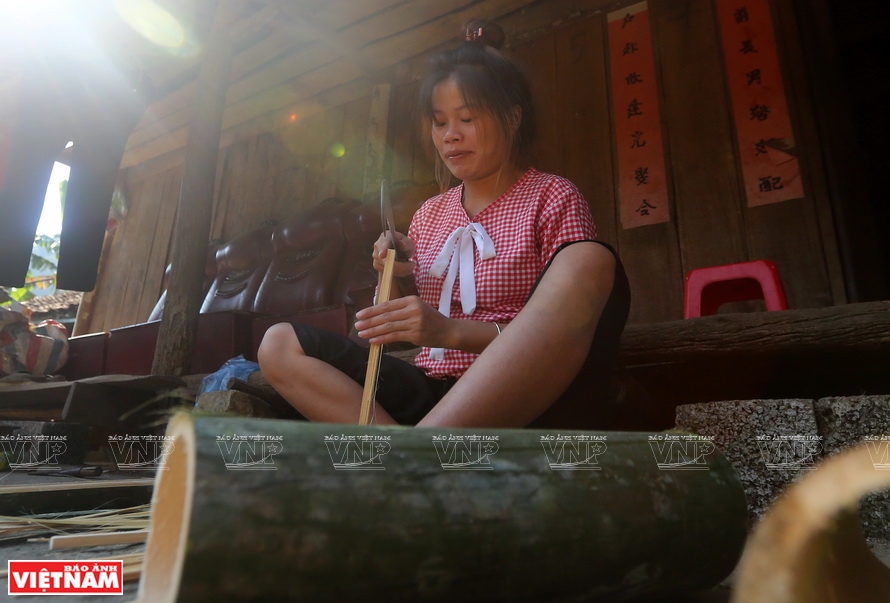

One of the main materials for making incense is a yellow apricot tree. Photo: Trinh Bo
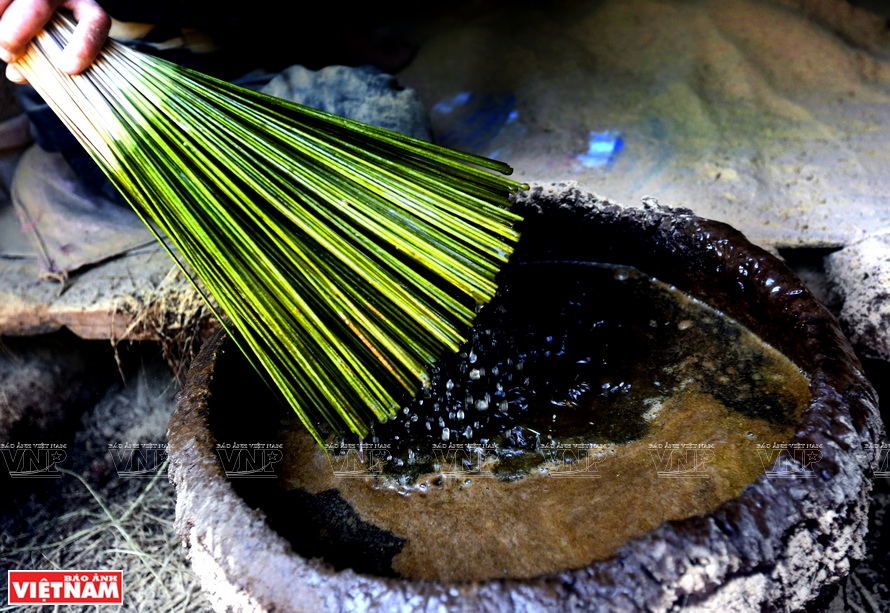
The sticks are soaked four times in a flour mixture of sawdust and agarwood powder
to create beautiful incense sticks. Photo: Trinh Bo

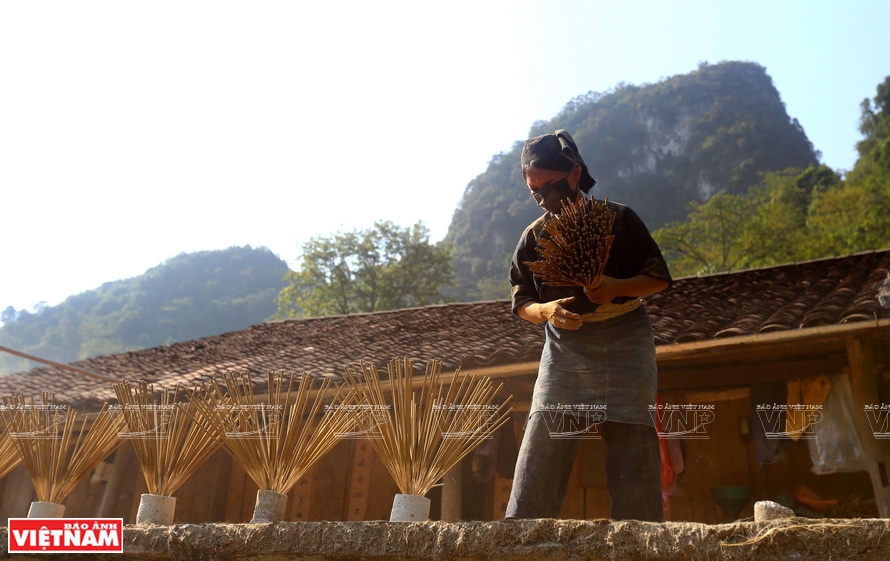
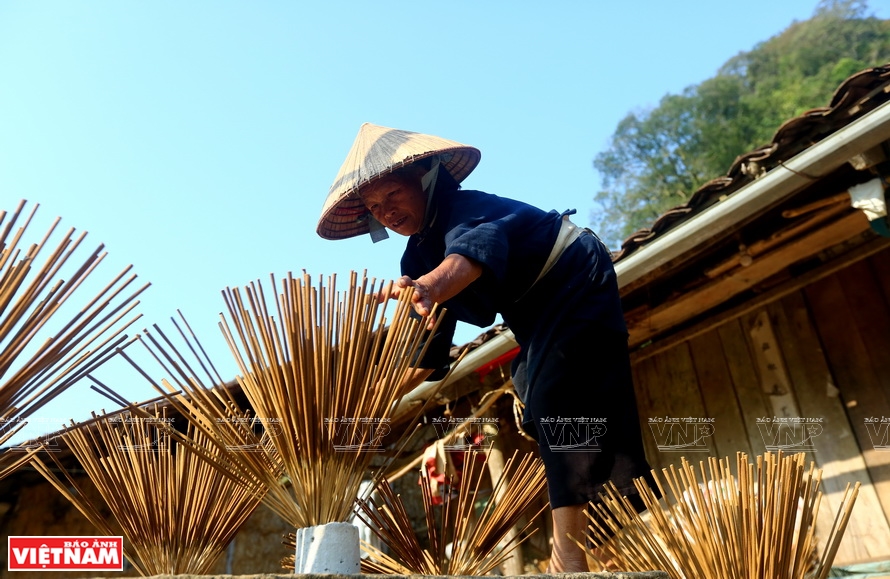
Drying the incense in the sun. Photo: Trinh Bo
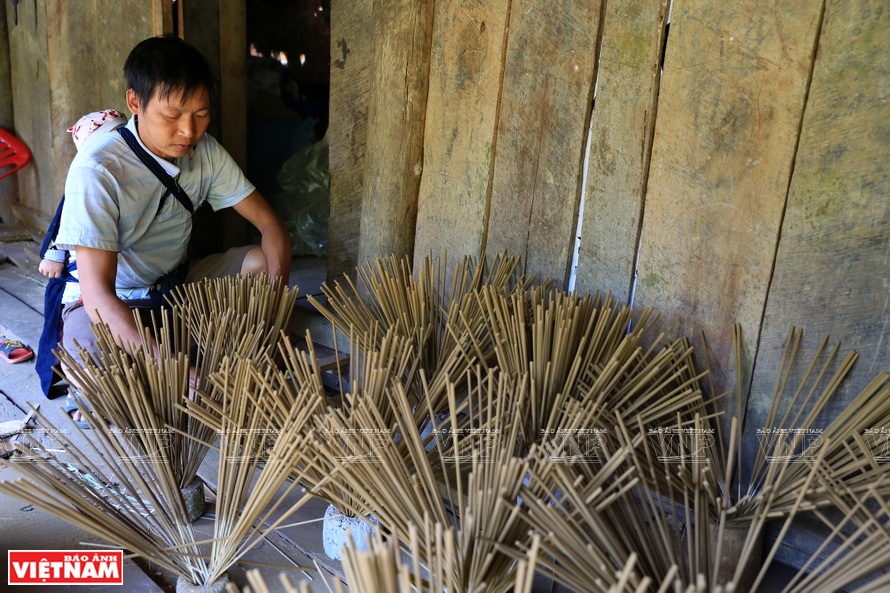
If the weather is cloudy, it takes three days for the incense to dry. Photo: Cong Dat
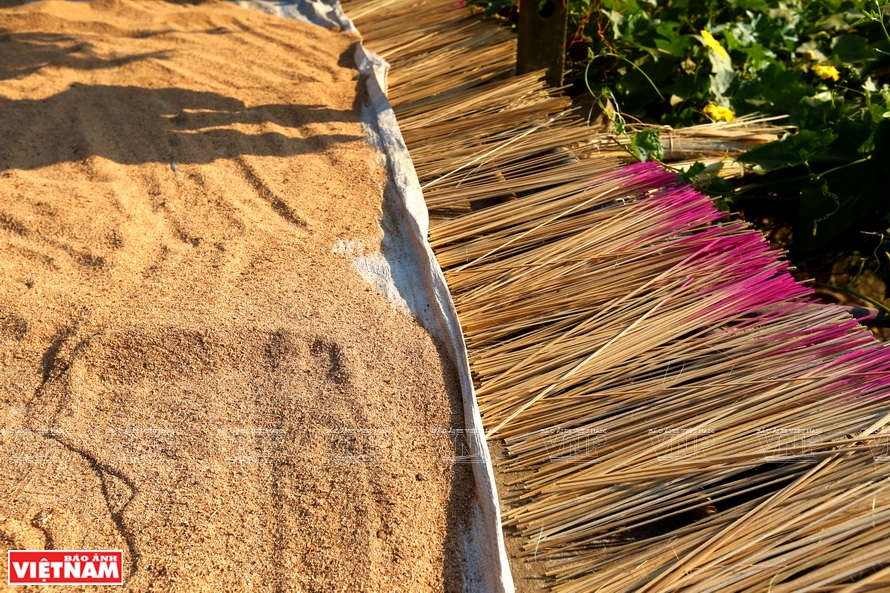
The sticks are dyed red on the bottom half and dried again, before being tied into bundles. Photo: Trinh Bo
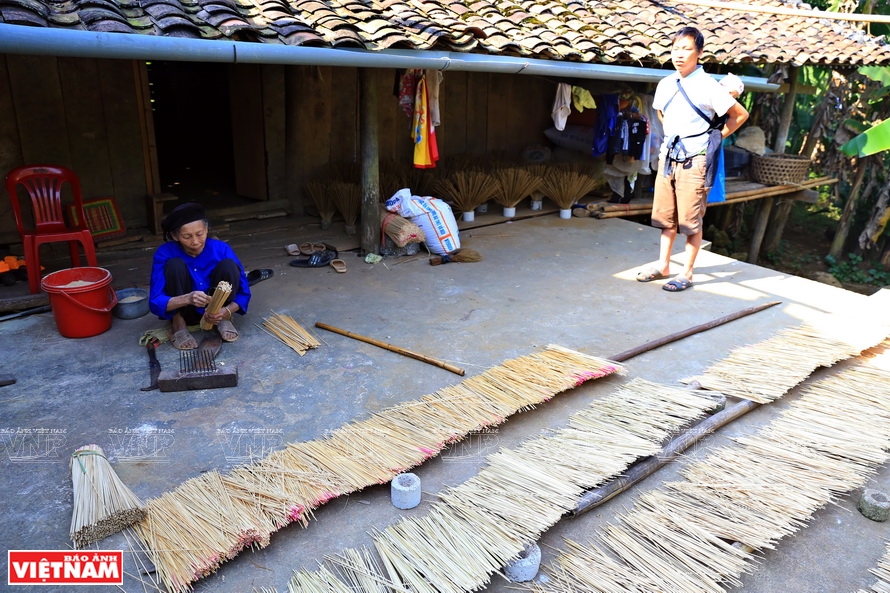
The most time-consuming stage is drying the incense in the sun. Photo: Cong Dat
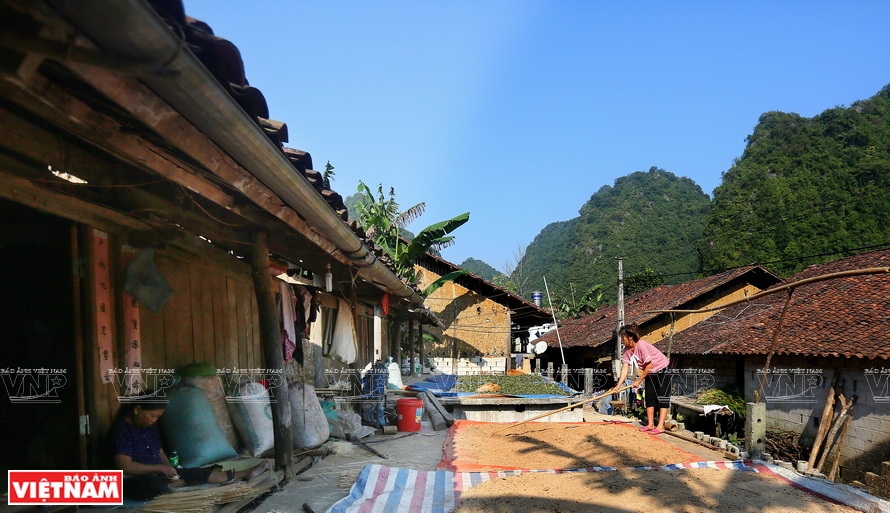
Phia Thap villagers prepare to make incense. Photo: Trinh Bo |
Incense making consists of many complex stages. The main materials for making incense are a yellow apricot tree, the bark of bombax tree, sawdust and gourd leaves - a type of forest leaf used to make glue to stick the materials together. The most time-consuming stage is drying the incense in the sun. If it is sunny, it takes just one day for the incense to dry. If the weather is cloudy, the time needed is three days.
Once dried, each incense stick is meticulously arranged on small trays. Each tray can contain seven to ten sticks. "It is only when the sticks are arranged correctly and separately that they are not broken or crushed", Ha Thi Phuong, a Phia Thap villager, explained. Hoang Van Lap, village chief of Phia Thap, claimed, "The incense releases a natural and beautiful scent when burned and can be preserved for a long time”.
In recent years, Phia Thap village has started to look at community-based tourism. This model gives visitors a chance to see the life in the village and have the incense making experience. This is also a good way to promote products and the incense making brand and link the craft village to attractive destinations to support socio-economic development for local people.
Phia Thap incense is distributed to all outdoor markets in Cao Bang province, as well as other northern provinces. Each small incense bundle costs 10,000-20,000
dong.
Story: Cong Dat - Photos: Cong Dat & Trinh Bo